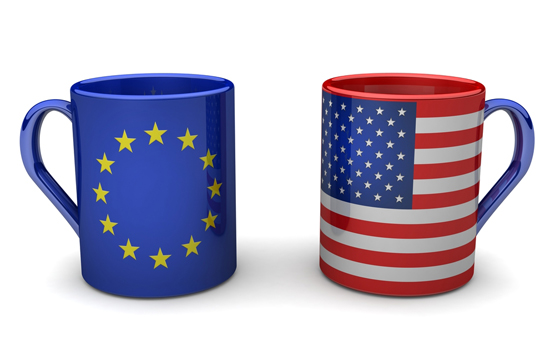Planning a trade show internationally is more complicated and time-consuming than at the national level. Organizing and participating in a trade fair is not easy, and if we add the complexity of doing it thousands of kilometers away, in another language and with customs that we do not control, or even know nothing about, it can become a real nightmare.
When planning a trade fair outside Europe we will have to take into account aspects that we normally do not consider such as paperwork and customs costs if we are going to send any goods or something as common as the difference in the electrical system. Who has not gone to a fair and once there realizes that the DVD does not work or that you can not plug in the laptop? very obvious, but it happens to us.
Knowing the customs and habits of the country where we are going to exhibit can avoid many problems and make the experience easier.
If we are used to exhibiting in our country, even in neighboring countries, we will not find as many differences as if we exhibit in the USA.
When it comes to assembly, the main difference is the “unions” or syndicates of workers in the sector with which we are obliged to work if we want to exhibit at a fair in the USA.
We also encountered something new for those who are not used to exhibiting in the USA and that is what they call “Drayage” which is a charge for handling the cargo that we carry and that the organizers of the fairs charge the exhibitors. The amount is by weight and by volume and is quite high. Yet another way to extract money from the exhibitor.
In terms of booth construction and design, while in Europe booths tend to be custom-designed and disposable, in the U.S. we find more modular booths that are then reused. In Europe we rent the space for our booth and it is an empty space, in the USA the spaces already have a separation between booths, which is usually a simple curtain.
We use a lot of platforms, which raise the stands a few centimeters off the ground, in American fairs the stands are at ground level, there are no platforms or platforms that raise the stand, they use carpets and reusable felts.
The first big difference that we find in the event itself is the time, the schedules of the North American fairs are usually much shorter than the endless days of the European fairs. In Europe, trade fairs are used a lot to hold important meetings and negotiate contracts, we are used to spend a lot of time at the stands, also the hospitality of the exhibiting companies and the fact that we like the more social part of the event makes us take the visit of the fairs more leisurely than the American visitors, who rarely spend much time at a stand. They pass quickly through the stands, pick up the information they are interested in and continue their tour. This means that the strategy we use to attend visitors changes if we do it in a European fair or in an American fair, even the profile of the people who attend the stands changes. The distribution of the space also changes, here we usually dedicate a lot of square meters to the hospitality area and private areas, in case of exhibiting at a fair in the USA we will have to adapt the design of our stand to the type of traffic we are going to have.
Another difference that we find is the dress, while in European fairs exhibitors usually wear suits or at least formal dress, the Americans are more into corporate clothing with colorful T-shirts and logos.
A global supplier with international experience that offers its services in the country where we are going to exhibit can help us with all these aspects that we do not know and that represent an added difficulty in the planning of the fair.


